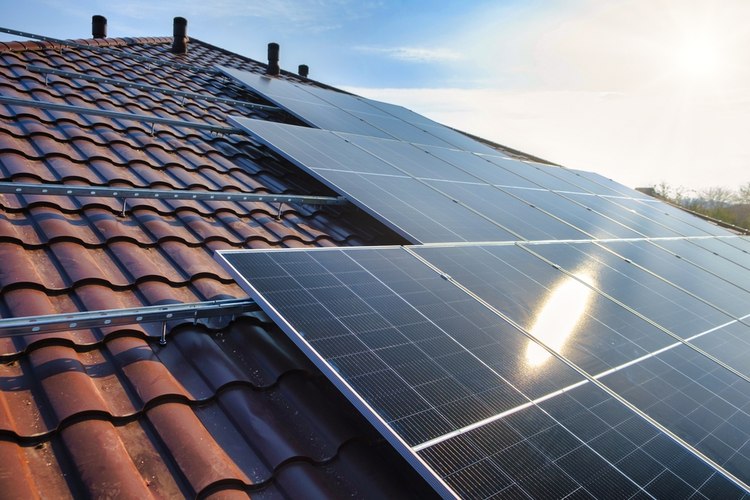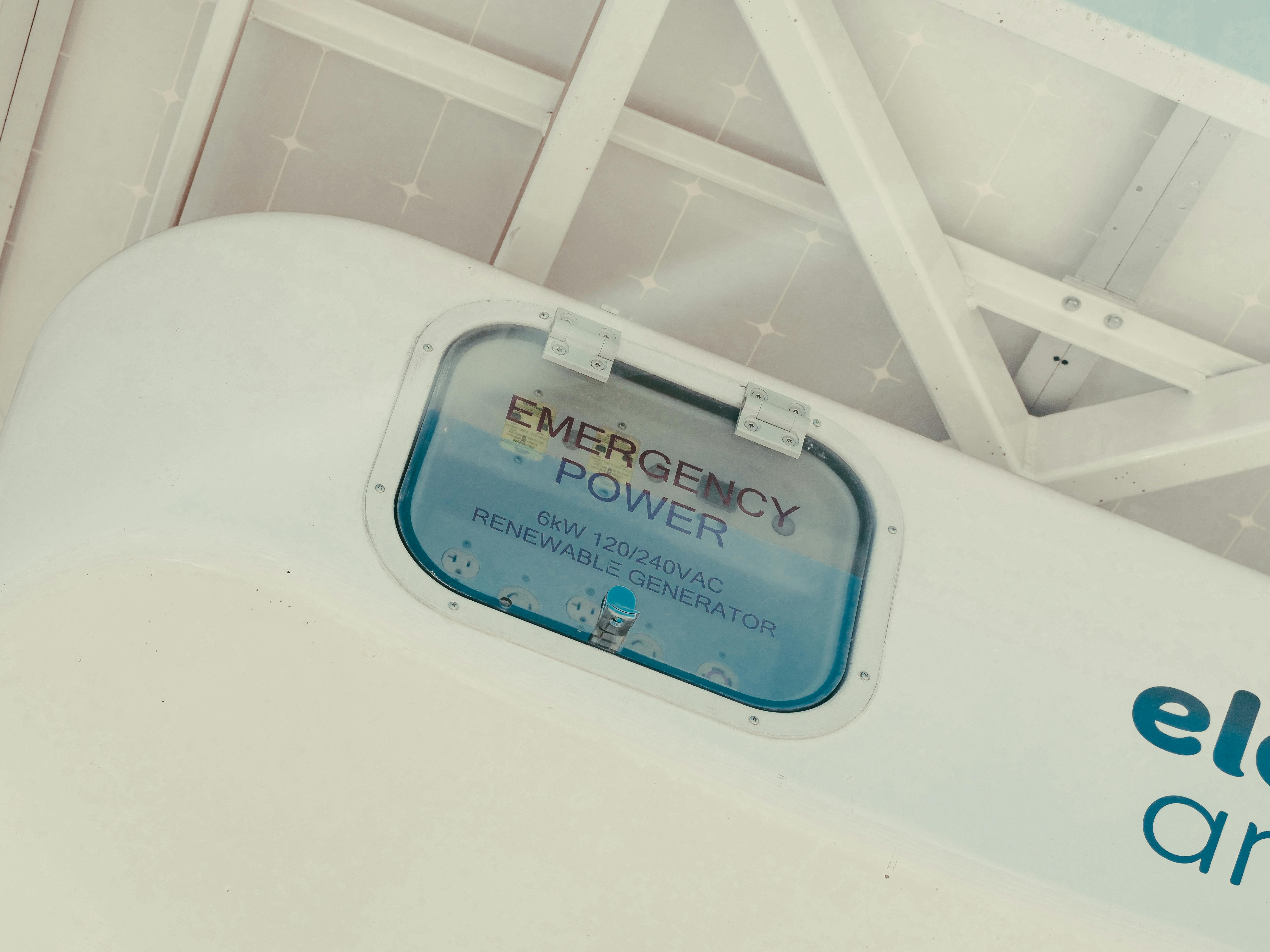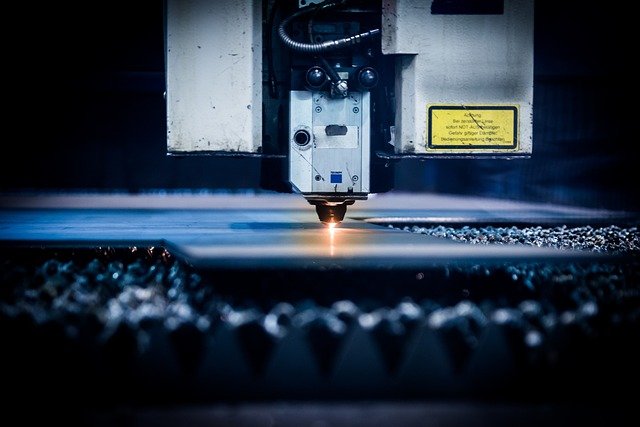Go Solar for $0 DOWN in the US? It's True! See If Your Home Qualifies & Start Saving Immediately!
The concept of going solar with no upfront costs might sound too good to be true, but it's a reality for many homeowners in the United States. As the demand for clean energy grows and solar technology becomes more accessible, various financing options have emerged to make solar power a viable choice for a wide range of households. In this article, we'll explore how $0 down solar programs work, help you determine if your home qualifies, and guide you through the process of transitioning to solar energy.

How Do $0 Down Solar Financing Options Work for US Homeowners?
$0 down solar financing options allow homeowners to install solar panels without paying any upfront costs. These programs typically come in three main forms:
-
Solar Leases: You lease the solar system from a company, paying a fixed monthly amount for the energy produced.
-
Power Purchase Agreements (PPAs): Similar to leases, but you pay for the electricity generated by the system at a predetermined rate.
-
Solar Loans: You finance the purchase of the solar system through a loan, often with no money down and competitive interest rates.
Each option has its pros and cons, but they all enable homeowners to start benefiting from solar energy immediately without a large initial investment.
What Are the Common Eligibility Criteria for $0 Down Solar Programs?
To qualify for a $0 down solar program, homeowners typically need to meet certain criteria:
-
Homeownership: You must own your home, as renters generally don’t qualify.
-
Roof condition: Your roof should be in good condition and have enough sun exposure.
-
Credit score: A good credit score is often required, especially for solar loans.
-
Energy usage: Your home should have sufficient energy consumption to justify the installation.
-
Location: Some states have more favorable policies and incentives for solar energy.
Meeting these criteria increases your chances of qualifying for a $0 down solar program and maximizing your savings.
What Federal and State Incentives Help Reduce Overall Solar System Costs?
Various incentives can significantly reduce the overall cost of going solar:
-
Federal Solar Investment Tax Credit (ITC): As of 2023, this credit allows you to deduct 30% of your solar system costs from your federal taxes.
-
State tax credits: Many states offer additional tax credits on top of the federal ITC.
-
Solar Renewable Energy Certificates (SRECs): Some states allow you to sell the energy your system produces back to the grid.
-
Net metering: This policy credits you for excess energy your system generates and feeds back into the grid.
-
Local incentives: Some utilities and municipalities offer additional rebates or incentives for solar installation.
These incentives can substantially lower the long-term cost of your solar system, making it an even more attractive investment.
How Can I Determine if My Home Qualifies for Solar and Get Started?
To determine if your home is suitable for solar and begin the process:
-
Online solar calculators: Use tools provided by reputable solar companies to estimate your potential savings.
-
Home energy audit: Conduct an audit to understand your energy consumption and identify areas for improvement.
-
Solar consultation: Schedule a free consultation with a reputable solar installer to assess your home’s suitability.
-
Get multiple quotes: Compare offers from different installers to ensure you’re getting the best deal.
-
Review contracts carefully: Understand the terms of your chosen financing option before signing any agreements.
By following these steps, you can make an informed decision about going solar and choose the best option for your home.
What Are Common Misconceptions About $0 Down Solar Installations?
Several misconceptions surround $0 down solar installations:
-
“It’s too good to be true”: While it may seem unlikely, $0 down options are legitimate ways to go solar.
-
“I won’t save money”: Many homeowners see immediate savings on their energy bills after installation.
-
“The technology isn’t reliable”: Modern solar panels are highly efficient and come with long warranties.
-
“It’s bad for my roof”: Properly installed solar panels can actually protect your roof and extend its lifespan.
-
“It’s too complicated”: Solar companies handle most of the paperwork and installation process for you.
Understanding these facts can help dispel doubts and make the decision to go solar easier.
What Are the Top Solar Panel Providers Offering $0 Down Options?
Several reputable companies offer $0 down solar options. Here’s a comparison of some top providers:
| Provider | Financing Options | Key Features | Cost Estimation |
|---|---|---|---|
| Sunrun | Lease, PPA, Loan | 25-year warranty, mobile app monitoring | $0 down, monthly payments vary |
| Tesla Solar | Loan, Subscription | Sleek design, Powerwall integration | $0 down, $50-$65/month for subscription |
| Vivint Solar | Lease, PPA, Loan | 25-year warranty, 24/7 monitoring | $0 down, rates vary by location |
| SunPower | Lease, Loan | High-efficiency panels, 25-year warranty | $0 down, competitive rates |
Prices, rates, or cost estimates mentioned in this article are based on the latest available information but may change over time. Independent research is advised before making financial decisions.
Going solar with $0 down is a reality for many US homeowners. By understanding the financing options, eligibility criteria, and benefits of solar energy, you can make an informed decision about whether it’s right for your home. With potential energy savings, environmental benefits, and various incentives available, now might be the perfect time to explore your solar options and start generating clean, renewable energy for your home.




